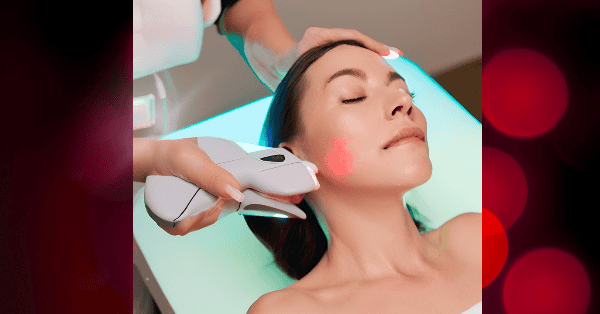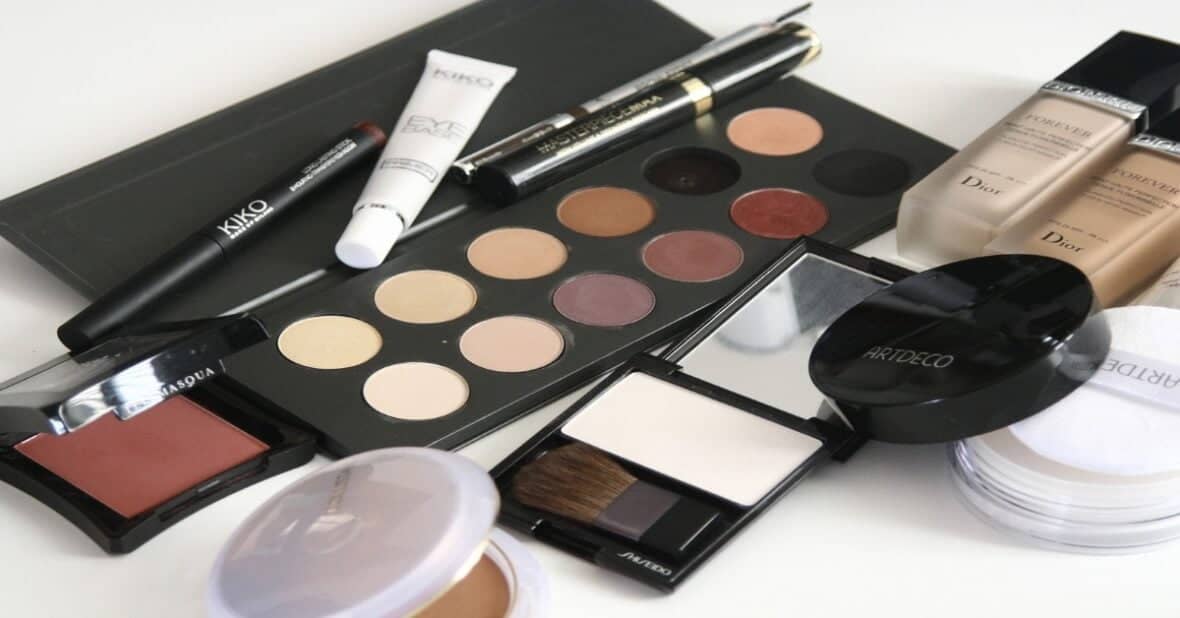
Table of Contents
Illuminating the Benefits of Light Therapy
In a world where the hustle and bustle never seem to cease, our bodies often yearn for a bit of tender care and rejuvenation. Amidst the plethora of wellness techniques and therapies, one that stands out for its simplicity yet profound impact is light therapy, also known as phototherapy, UV phototherapy, or UV therapy. This innovative approach utilizes specific wavelengths of light to target various health concerns, offering a beacon of hope for those seeking natural remedies and holistic healing.
What does UV Phototherapy Do?
Before delving into its myriad benefits, let’s shed some light on the science behind this therapy. At its core, led phototherapy operates on the principle of photobiomodulation, where exposure to certain wavelengths of light triggers biochemical changes within cells. These changes can affect mood, energy levels, sleep patterns, and even reach the depth of muscles.
Phototherapy involves exposure to bright light, either through light boxes or specialized lamps, to mimic natural sunlight and stimulate the body’s natural response. This non-invasive therapy has shown promising results and is increasingly being recognized as a viable treatment option for a range of health issues.
Combat the Seasonal Blue’s
One of the most well-known applications is UV phototherapy for seasonal affective disorder (SAD), for the ability to combat seasonal blue’s, a type of depression that typically occurs during the winter months when sunlight exposure is limited.
By simulating natural sunlight, phototherapy for winter depression helps regulate circadian rhythms and boost serotonin levels, thereby alleviating symptoms of SAD and restoring a sense of vitality and well-being.
A Bright Solution for Sleep Disorders
In today’s fast-paced world, sleep disorders have become increasingly prevalent, wreaking havoc on both physical and mental health.
Phototherapy offers a beacon of hope for those struggling with insomnia and other sleep-related issues. By exposing individuals to bright light in the morning or evening, depending on the sleep disorder, infrared light helps regulate the body’s internal clock and improve sleep quality, leading to more restful nights and productive days.
Glowing Skin from Within
Beyond its effects on mood and sleep, infrared light also works wonders for the skin, offering a non-invasive solution for a myriad of dermatological concerns. From acne and psoriasis to wrinkles and age spots, different wavelengths of light target specific skin issues, stimulating collagen production, reducing inflammation, and promoting cellular regeneration. The result? A bright complexion that exudes wellness.
Harnessing the Healing Power of Light
As we continue to unlock the secrets of this powerful healing light, its potential applications seem limitless. From chronic pain management and wound healing to cognitive enhancement and beyond, the therapeutic benefits of light are just beginning to illuminate the path towards a healthier, happier future.
UV phototherapy can be used to treat a variety of ailments including seasonal affective disorder (SAD), depression, sleep disorders, skin conditions like psoriasis and eczema, and even certain types of pain. This non-invasive treatment involves exposure to specific wavelengths of light to help alleviate symptoms and improve overall well-being.
Basking in the Glow of Wellness
As an Amazon Associate, I earn from qualifying purchases. View our affiliate disclosure
In a world that often feels shrouded in darkness, phototherapy serves as a guiding beacon, offering hope, healing, and rejuvenation to all who seek its warmth. Whether you’re battling the winter blues, struggling with sleepless nights, pain, or simply seeking a radiant glow from within, phototherapy beckons you to bask in its illumination and embrace the transformative power of light.
Who Should Not Use Phototherapy?
Phototherapy is a safe and effective treatment for various conditions, particularly seasonal affective disorder (SAD), insomnia, and certain skin conditions, but it may not be suitable for everyone. People who should generally avoid or consult a healthcare provider before using light therapy include:
- Individuals with Eye Conditions
Retinal Disorders: People with retinal conditions like macular degeneration, diabetic retinopathy, or retinal dystrophies may be at risk for worsening symptoms due to light exposure.
Glaucoma: Some forms of phototherapy, especially bright light, can raise intraocular pressure in individuals with glaucoma, potentially worsening the condition.
Sensitivity to Light (Photophobia): People who experience severe light sensitivity, often due to eye conditions or migraines, might find phototherapy uncomfortable. - People with Bipolar Disorder
Risk of Manic Episodes: While phototherapy is effective for depression, there is a risk that it could trigger a manic or hypomanic episode in individuals with bipolar disorder. If you have bipolar disorder, especially if it’s not well-controlled, it’s important to use light therapy under the supervision of a healthcare provider. - People with Certain Skin Conditions
Photosensitivity Disorders: Conditions such as lupus, polymorphous light eruption, or other disorders that cause sensitivity to light may worsen with light therapy.
Severe Sunburn or Skin Irritations: If you have skin that is severely sunburned or irritated, phototherapy could exacerbate the problem. - People Taking Photosensitizing Medications
Some medications, including certain antibiotics, antidepressants, and other drugs, can make your skin more sensitive to light. If you are taking medications like these, consult your doctor before using UV phototherapy. - Pregnant Women (with caution)
While there is no strong evidence that phototherapy harms pregnancy, its effects during pregnancy have not been thoroughly studied. - People with a History of Skin Cancer
Phototherapy (especially ultraviolet or UV phototherapy) could potentially trigger or exacerbate skin cancer or pre-cancerous conditions. If you have a history of skin cancer, this should be discussed with your doctor before undergoing treatment. - Individuals with Seizure Disorders
There is a slight risk that phototherapy, especially certain types of bright or flashing lights, could trigger seizures in people who are prone to photosensitive epilepsy. If you have a seizure disorder, consult your healthcare provider before using light therapy. - Children (under certain conditions)
While phototherapy can be used for children with certain conditions like sleep disorders or depression, it should only be used under medical supervision. The safety and efficacy for young children (especially under the age of 5) have not been well-studied. - People with Certain Mood Disorders (without proper diagnosis)
If you have a mood disorder but are unsure if it’s related to seasonal affective disorder or another condition that could benefit from phototherapy, it’s important to get a proper diagnosis from a healthcare professional before starting treatment.
Conclusion:
Phototherapy can be a helpful treatment for many conditions, but it’s important to consider any potential risks based on your medical history and current health. Always consult a healthcare provider before starting light therapy, especially if you have any of the conditions listed above. They can help determine if light therapy is appropriate for you and provide guidance on its use.
Summary of Benefits
1. Treats Seasonal Affective Disorder (SAD)
Benefit: Phototherapy is widely used to treat seasonal affective disorder (SAD), a type of depression that typically occurs during the winter months when natural sunlight is limited.
Exposure to bright light in the morning helps to regulate the body’s circadian rhythm, improving mood and alleviating symptoms of depression.
The light stimulates the production of serotonin, a neurotransmitter that helps regulate mood, and helps reset the body’s internal clock, or circadian rhythm.
2. Improves Sleep Disorders
Benefit: UV Phototherapy can help treat sleep disorders like insomnia or delayed sleep phase disorder (DSPD). It helps to regulate the body’s sleep-wake cycle, making it easier to fall asleep and wake up at the desired times.
Exposure to bright light in the morning helps reset the circadian rhythm, improving the timing of sleep, especially for individuals who have trouble falling asleep at night or waking up in the morning.
3. Enhances Mood and Reduces Symptoms of Depression
Benefit: Besides SAD, light therapy has been found helpful in treating non-seasonal depression. It can be an adjunctive treatment to antidepressants or therapy, especially for those who don’t respond well to traditional treatments.
Light therapy is thought to increase serotonin levels, which can help improve mood and alleviate symptoms of depression.
4. Improves Skin Health and Treats Conditions Like Psoriasis
Benefit: Light therapy, particularly UVB phototherapy, is commonly used to treat skin conditions such as psoriasis, eczema, and vitiligo. UV light helps reduce inflammation, slow the growth of skin cells, and promote healing.
UV light slows the rapid growth of skin cells that occurs in psoriasis, leading to fewer plaques and less irritation. For conditions like vitiligo, light therapy can help stimulate pigment production in the skin.
5. Helps with Jet Lag and Shift Work Adjustment
Benefit: Phototherapy can be used to help adjust to changes in sleep schedules, such as for people suffering from jet lag after long-distance travel or those who work irregular hours (e.g., shift workers).
Exposure to bright light at specific times helps to shift the body’s circadian rhythm, making it easier to adjust to new time zones or sleep schedules.
So, why wait in the shadows? Step into the light and let its healing rays illuminate your path to wellness.
References
https://en.wikipedia.org/wiki/Light_therapy Light therapy, also called phototherapy or bright light therapy is the exposure to direct sunlight or artificial light at controlled wavelengths in order to treat a variety of medical disorders, including seasonal affective disorder, circadian rhythm sleep-wake disorders, cancers, and skin wound infections
https://www.ncbi.nlm.nih.gov/books/NBK563140 Phototherapy is an effective treatment modality for severe generalized atopic eczema.
https://my.clevelandclinic.org/health/treatments/24385-phototherapy-light-therapy Phototherapy can reduce the appearance of psoriasis and eczema.
https://www.psoriasis.org/phototherapy/ Phototherapy is typically prescribed by a dermatologist. Phototherapy involves exposing the skin to ultraviolet light on a regular basis and under medical supervision. Treatments can be done in a health care provider’s office, a clinic, or at home with a phototherapy unit.
https://healthsciences.arizona.edu/news/stories/exploring-phototherapy-new-option-manage-chronic-pain phototherapy can be used for chronic pain.
https://psychiatryonline.org/doi/full/10.1176/appi.ajp.162.4.656 Evidence base for the efficacy of light therapy in treating mood disorders.
Join the discussion—what’s your take on this topic? Leave a comment below.



